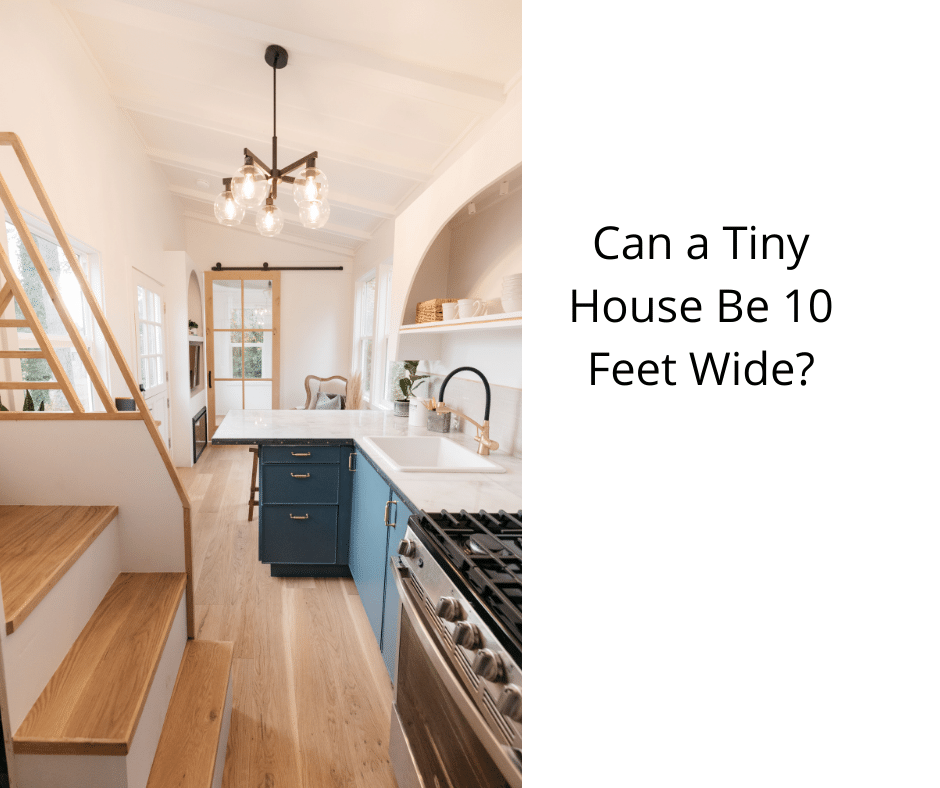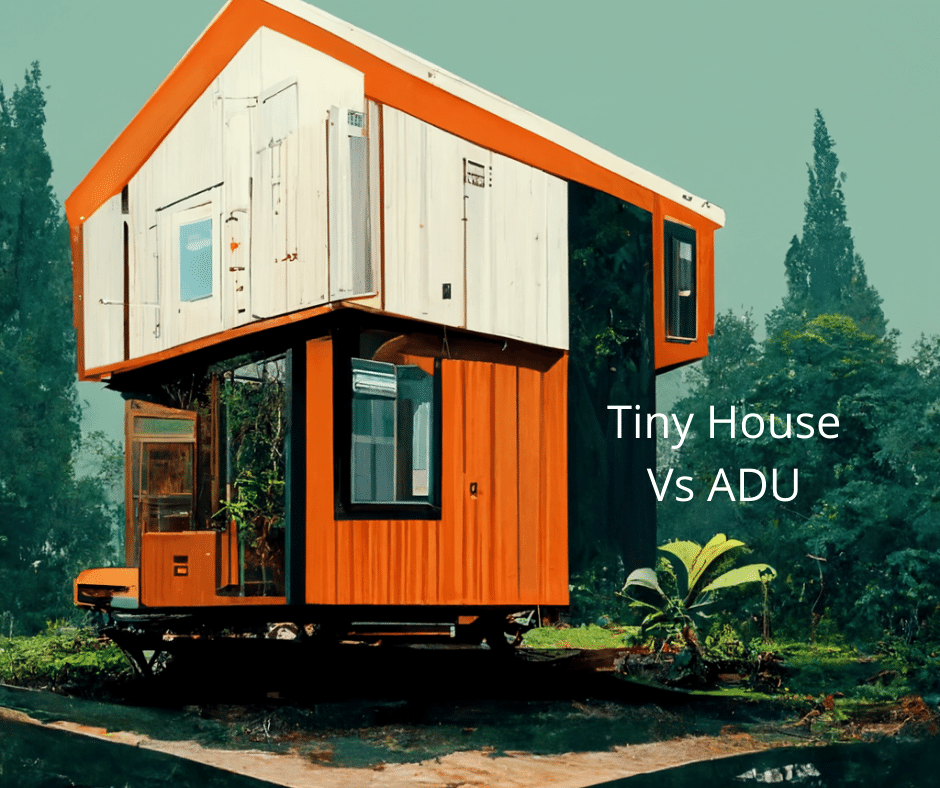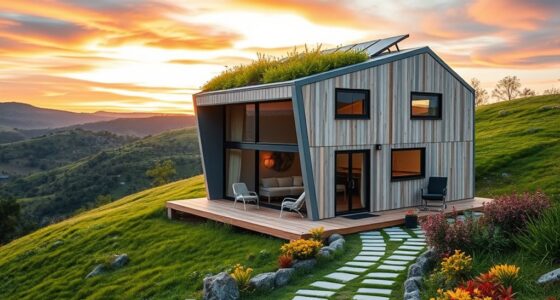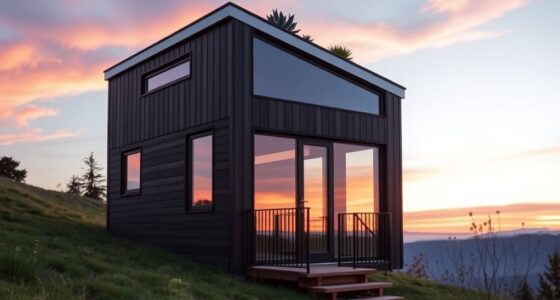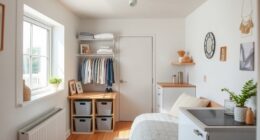Can you build a tiny house that is only 10 feet wide? Yes, it is possible, but this option may not be suitable for everyone. While a park model may not be easily movable, it can still be a charming living space. There are many different models of tiny houses available, but for better protection against the elements, it may be wise to consider a unit that is wider than ten feet.
Ten-Foot-Wide Tiny House on Wheels
A ten-foot-wide tiny house on wheels can be a great option for traveling. These portable homes vary in length and width, and some are even taller than standard road requirements. Before you purchase a tiny house, be sure to check with your state’s regulations. In some states, you’ll need an escorted vehicle for this type of move.
In some states, a tiny house on wheels must not exceed 8.5 feet wide, or you’ll fall under the DOT’s oversized vehicle regulations. If your tiny house is larger than that, you may need a pilot vehicle at the front and rear to haul it. This would make it impractical to travel in a tiny house on wheels.
Typically, a ten-foot-wide tiny house on wheels has a space of 10 square feet – more than double the size of the standard eight-foot-wide trailer. This allows you to fit a king-size bed inside, and you’ll have plenty of headroom. Besides being lightweight, these tiny homes are designed to be comfortable and practical.
A ten-foot-wide tiny house on wheels can be built from steel, aluminum, and other materials. The interior features of this home include a fully-equipped kitchen, living room, and sleeping loft. Depending on the size of the house, you can include a bathroom and a steam shower.
Alex’s tiny home is 26 feet long and 10 feet wide. It cost him about $115,000 to build, but the materials used and the size of the home make the total cost a little higher. However, he was able to pay for his tiny home over four years after purchasing it.
A ten-foot-wide tiny house on wheels is a great option for those who want a little more freedom. Ten-foot-wide tiny houses on wheels may also need a special permit if they are to be moved. These homes may be difficult to transport and require a custom trailer to transport them.
Since these houses are designed to be road-worthy, they don’t have to be too tall to have a loft, but they can easily be converted into a loft. This gives the home a second story and adds extra living space. The loft doesn’t have to be full height, as long as it’s still under the permitted external height of 13.5 feet.
8.5-Foot-Wide Tiny House on Trailer
When planning to build a tiny house on a trailer, you must follow certain guidelines to make it legal. In most states, the width of a tiny house must not exceed eight feet. However, some states will allow extra inches for appurtenances and safety equipment. The width of a tiny house should include the window trim, roof overhang, and outside sheathing. Because of these restrictions, the width of a tiny house on a trailer must be determined carefully.
To ensure that your tiny house trailer will be legal, you must check the local zoning laws before purchasing one. You must also take into account the size of the trailer before purchasing it. Commercial travel trailers are designed to be lightweight and aerodynamic, but tiny houses are usually constructed of heavy-duty building materials. For this reason, a long trailer may be more comfortable for year-round living but will require a bigger tow vehicle.
If you want to move your tiny house on a trailer, you should choose a model with a deck-between or deck-over-deck. This type of trailer uses a special hitch, which is mounted on a pickup truck. This ball hitch fits over the tailgate.
The width of a tiny house should not be more than 8.5 feet, though you can choose a wider one if you prefer a more spacious interior. Ten-foot-wide tiny houses, for example, have a greater number of rooms, but they require a permit. Besides, they cost more.
An 8.5-foot-wide tiny house on a trailer has a deck over the trailer’s wheels. A deck over a trailer allows you to have a larger interior space. A deck over a trailer is generally about 15 inches wide, so there is more space.
When choosing a trailer for your tiny house on trailer, you must ensure that it’s rated for the weight of the tiny house. Typically, the weight of a tiny house is about seven-tenths of a ton, but it’s still important to find a trailer that has enough weight to support it safely.
Hi, I’m Emma. I’m the Editor in Chief of Tiny House 43, a blog all about tiny houses. While tree houses are often associated with childhood, they can be the perfect adult retreat. They offer a cozy space to relax and unwind, surrounded by nature. And since they’re typically built on stilts or raised platforms, they offer stunning views that traditional homes simply can’t match. If you’re looking for a unique and romantic getaway, a tree house tiny house might just be the perfect option.
